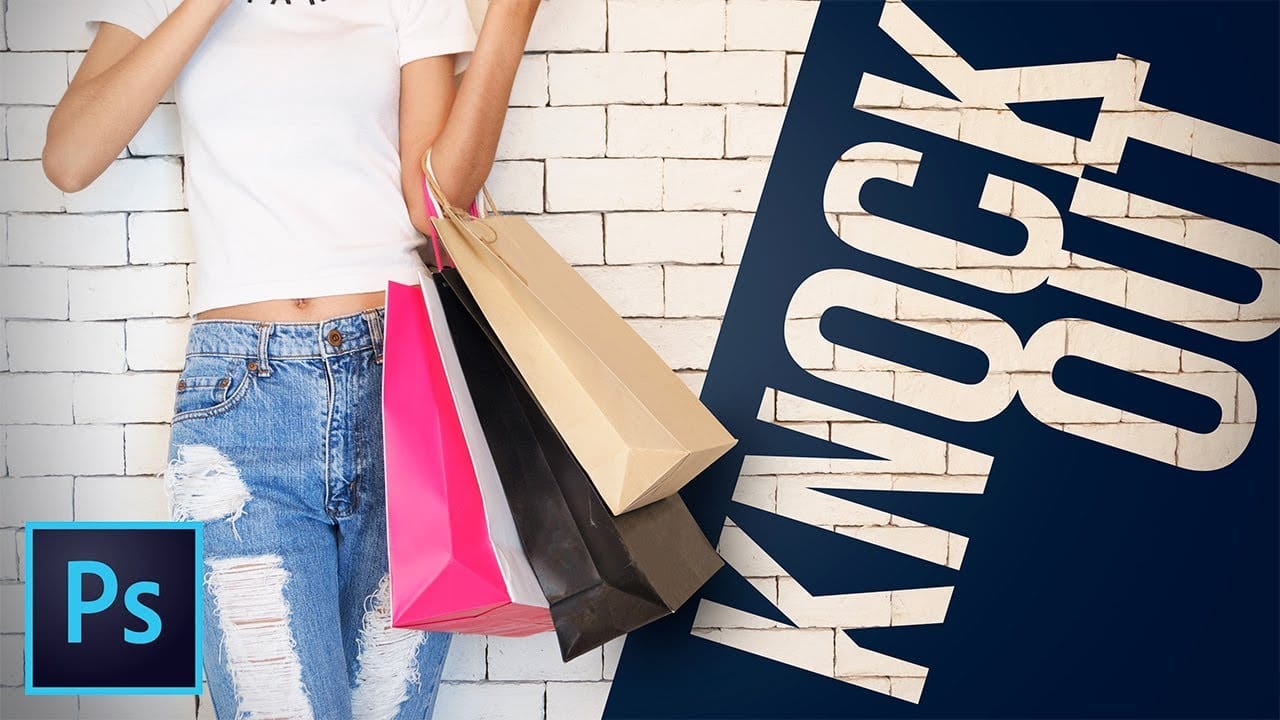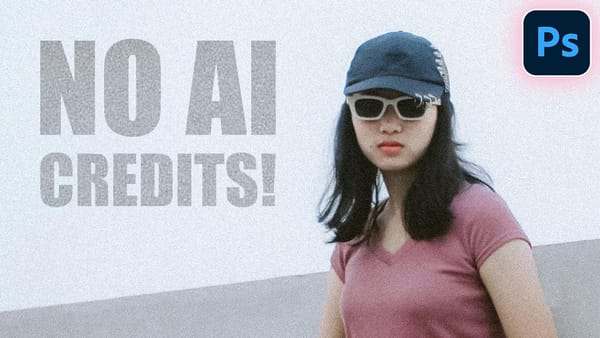Photoshop offers powerful design techniques that go beyond basic editing. The knockout feature allows designers to create unique visual effects by punching holes through layers without permanently altering your original image.
Watch the Video
Practical Tips for Using Knockout in Photoshop
The knockout feature provides flexible design options for creative layer manipulation.
- Use "shallow" knockout to punch holes through adjacent layers within a group
- Decrease fill opacity to make content transparent while preserving layer styles
- Group layers to control the knockout effect's penetration depth
- Remember that background layers cannot be penetrated by knockout effects
- Experiment with custom shapes and text to create unique design elements
Related Articles and Tutorials
Explore more Photoshop techniques for advanced image manipulation.













